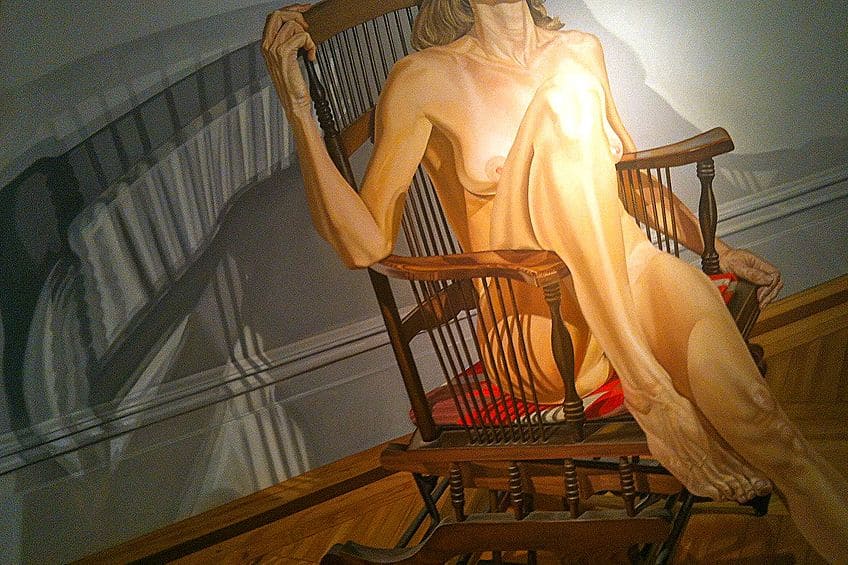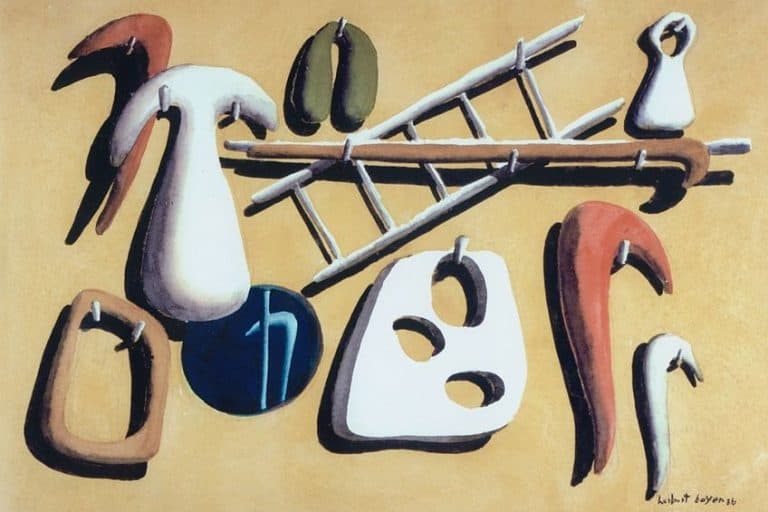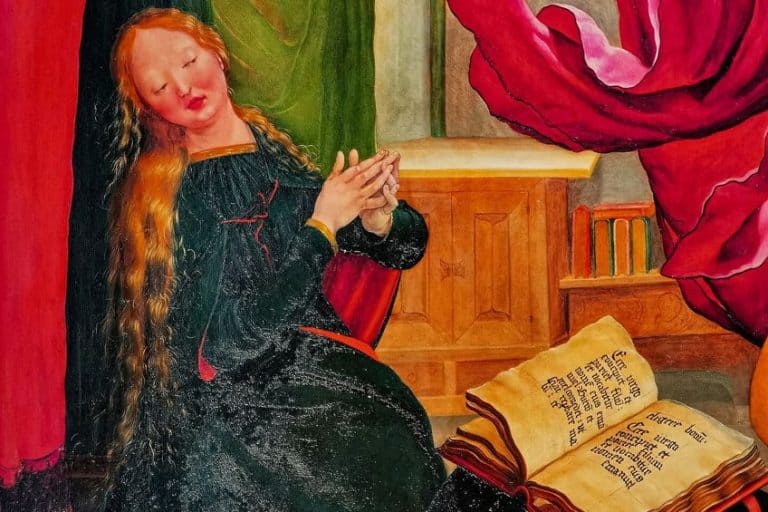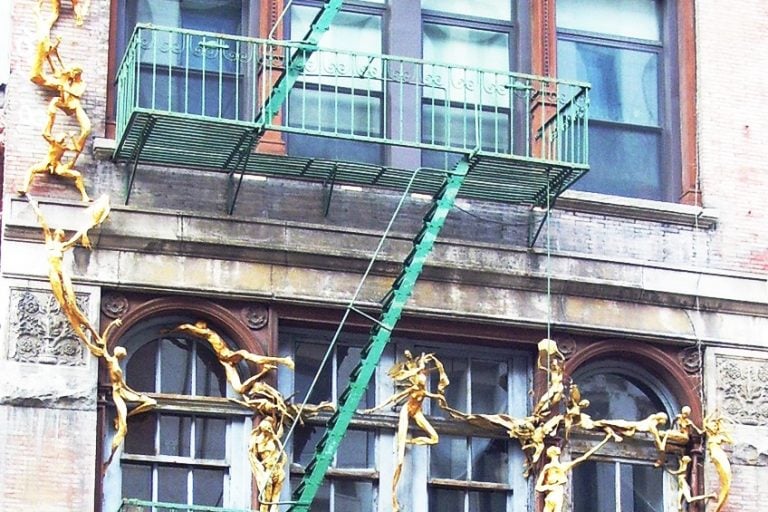Philip Pearlstein – The Famous Contemporary Figurative Painter
Philip Pearlstein, a towering figure in contemporary art, is renowned for his unparalleled contributions to the realm of figurative painting. Born in 1924, Pearlstein emerged as a prominent figure in the post-war American art scene, defying prevailing trends with his distinctive approach to realism. His meticulously rendered compositions, often featuring nude figures in methodically arranged settings, challenged viewers to confront the complexities of human form and spatial relationships. Renowned for his technical prowess and unwavering dedication to the craft, Pearlstein’s work transcends mere representation, inviting audiences into a dialogue that oscillates between the familiar and the abstract. With a career spanning over seven decades, his enduring legacy continues to shape the contours of contemporary figurative art, leaving an indelible mark on generations of artists and enthusiasts alike.
Key Takeaways
- Philip Pearlstein made significant strides in advancing realist art amidst the 20th-century dominance of abstraction.
- His unique focus on the human form, devoid of embellishment, provided a fresh perspective in figure painting.
- Pearlstein’s art legacy is marked by a clear and literal representation of realism that continues to influence contemporary artists.
Early Life and Education
| Birth | May 24, 1924 |
| Death | December 17, 2022 |
| Place of Birth | Pittsburgh, Pennsylvania, United States |
| Notable Artworks |
|
Philip Pearlstein was an American painter whose contributions had a significant and lasting impact on the art world. Renowned for his Modernist Realist nudes, his work was instrumental in leading a revival of realist art during a period when abstraction was the dominating force. His paintings, characterized by a precise and sometimes clinical portrayal of the human form, stand as a testament to his commitment to realism. Pearlstein’s dedication to his craft and his unique approach to figure painting have solidified his reputation as an influential artist in contemporary realism.

Pearlstein’s journey to becoming a renowned artist began in the American industrial city of Pittsburgh and was marked by formal art education, a collaboration with a notable peer, and service in the army during a pivotal moment in history. His education and formative experiences contributed greatly to his development as an artist. Over the course of his career, Pearlstein’s distinctive style evolved, yet he consistently maintained a focus on capturing the essence of the human body, unraveled from any metaphorical or romantic narrative.
By doing so, he established a clear, literal visual dialogue with viewers that challenged the existing norms of his time.
Childhood and Early Education
Born on May 24th, 1924, in Pittsburgh, Pennsylvania, Pearlstein was introduced to the world of art at an early age. His initial exposure to creative expression set the foundation for his future endeavours in the art field. Pittsburgh, known for its industrial landscape, played a pivotal role in shaping Pearlstein’s early perspective. Joseph Fitzpatrick, his high school art teacher, was instrumental in fostering his appreciation for art.
Carnegie Institute of Technology
Pearlstein pursued his formal art education at the Carnegie Institute of Technology (now Carnegie Mellon University), where his talents began to flourish. It was here that he met fellow student Andy Warhol, who would also rise to prominence as an artist.

Military Service in WWII
His education was interrupted when he served in the Army during World War II. This period was significant as it influenced his work, providing him with a breadth of experiences and subject matter that would inform his later pieces.
Late Period
After his military service, Pearlstein returned to complete his education, earning a Bachelor of Fine Arts degree in 1949. This time signified a turning point, as he would soon establish himself as a leading figure in the realist movement.
He is known particularly for his modernist nudes.
Artistic Career and Evolution
Philip Pearlstein’s career in the art world is notable for his dedication to realist painting and his significant influence on the genre in the face of dominant movements such as Abstract Expressionism.

Transition to Realism
In the initial stages of his career, Philip Pearlstein worked within the realms of Abstract Expressionism but eventually took a bold step by shifting his focus towards Realism. This transition was not just a change in technique but a deliberate stance against the prevailing art trends of his time. His embrace of Realism in the 1960s was, in part, a reaction to the omnipresent Abstract Expressionist and Pop Art movements.
He brought a fresh perspective to Realist Art by painting nude models and inanimate objects in a detailed and objective manner, challenging the status quo of contemporary art.
Teaching at Brooklyn College
Brooklyn College played a pivotal role in Pearlstein’s career as both an educator and a painter. He joined the faculty in 1963, influencing a new generation of artists with his staunch commitment to Realism. His teachings extended beyond technique, as he often imparted a philosophy of observing from life, a core principle that underpinned his approach to creating art.

Major Exhibitions and Awards
Philip Pearlstein’s works have been featured extensively in prominent museums and have earned him numerous accolades. His paintings are part of permanent collections in institutions such as:
- Museum of Modern Art
- Metropolitan Museum of Art
- Whitney Museum of American Art
- Art Institute of Chicago
- Hirshhorn Museum
In recognition of his contributions to American art, Pearlstein was elected into the American Academy of Arts and Letters.
His career saw numerous solo exhibitions, showcasing his mastery over capturing landscapes, objects, and the human form, specifically nude models, in a contemporary realist style.
Signature Style and Techniques
Philip Pearlstein is renowned for his precise approach to figurative realism and the intricate use of oil on canvas. His work deviates from abstraction, instead committing to direct observation to capture the human body.

Focus on the Human Figure
Pearlstein’s artistic identity is deeply rooted in representational painting, centering almost exclusively on the human figure. These figures are not idealized; instead, they showcase a raw and candid portrayal.
By doing so, he is making the ordinary human body a subject of profound interest and scrutiny.
Nudes and Object Arrangement
His compositions often feature nudes, strategically arranged with various objects, creating complex spatial environments. This distinctive approach balances the human form against an assortment of props, resulting in compelling tension and visual intrigue within his pieces.

Oil on Canvas Method
Pearlstein employs the oil-on-canvas method in his artwork, showcasing a meticulous layering technique that results in rich textures. Each painting reflects a dedication to the craft, as he constructs the image.
He applys oils to canvas with calculated precision guided by his observant eye.
Legacy and Influence
Philip Pearlstein’s contributions to the art world are marked by his revival of Realism and his role in shaping future generations of artists through his teaching. His work and influence extend deep into the fabric of contemporary portraiture and figure painting.

Contributions to the Realist Movement
Philip Pearlstein played a pivotal role in the resurgence of Realism in the mid-20th century. His unflinching portrayal of the human form diverged from the dominant abstract and conceptual art styles of the time. Trained initially at Carnegie Mellon University—known then as Carnegie Institute of Technology—Pearlstein’s detailed, almost clinical approach to figurative painting redefined the boundaries of Realism.
As an educator, Pearlstein’s influence rippled through the art world via his students.
Among them, prominent artists such as Chuck Close and Dorothy Cantor, who went on to become notable figures in their own right, were significantly impacted by his instruction. Pearlstein’s circle extended to contemporaries such as Janet Fish, and critics like Sidney Tillim, underscoring his importance in debates about Realism. His teachings at institutions like Yale University continued to reinforce his enduring impact on the art world.
Influence of Philip Pearlstein Today
Even today, Pearlstein’s legacy is visible in exhibitions and collections, including the Smithsonian American Art Museum (SAAM), reflecting his lasting impact. His approach to nudes and portraiture challenges and influences modern artists to explore Realism with the same dedication and authenticity. Pearlstein’s drawings and paintings continue to inspire a truthful representation of the human experience, cementing his role in the narrative of contemporary art.

Philip Pearlstein’s unparalleled contributions to contemporary art transcend mere representation, inviting viewers into a realm where the human form and spatial relationships are meticulously explored. Through his dedication to realism and technical prowess, Pearlstein has left an indelible mark on the art world, challenging conventions and reshaping perceptions of figurative painting. His enduring legacy continues to inspire and captivate audiences, serving as a testament to the lasting power of artistic vision and innovation. As we reflect on Pearlstein’s remarkable career spanning over seven decades, we are reminded of the profound impact one artist can have on shaping the trajectory of art history, leaving behind a rich tapestry of works that will continue to resonate for generations to come.
Frequently Asked Questions
What Is Philip Pearlstein Known for in the Art World?
Philip Pearlstein is renowned for his modern realist paintings, particularly his unidealized nudes that have played a significant role in reinvigorating figurative art. His works are characterized by a dispassionate and clinical rendering of the human form, challenging the traditional aesthetics of the genre.
How Has Philip Pearlstein Contributed to the Realm of Figurative Painting?
He has made a substantial impact on the realm of figurative painting by steering the focus back to the human figure at a time when abstract expressionism was dominant. Pearlstein’s dedication to realism and human anatomy presented a counter-narrative to the prevailing artistic movements of his time, offering a new window into the portrayal of the human condition.
What Are Some of Philip Pearlstein’s Most Notable Works?
Some of Philip Pearlstein’s most notable works include Model with Empire State Building (1992) and compositions featuring two models in interaction with various props. His paintings are lauded for their intricate detail and the objective manner in which the subjects are depicted, often against stark or contrasting backgrounds that highlight the complex interplay of form and space.
Isabella studied at the University of Cape Town in South Africa and graduated with a Bachelor of Arts majoring in English Literature & Language and Psychology. Throughout her undergraduate years, she took Art History as an additional subject and absolutely loved it. Building on from her art history knowledge that began in high school, art has always been a particular area of fascination for her. From learning about artworks previously unknown to her, or sharpening her existing understanding of specific works, the ability to continue learning within this interesting sphere excites her greatly.
Her focal points of interest in art history encompass profiling specific artists and art movements, as it is these areas where she is able to really dig deep into the rich narrative of the art world. Additionally, she particularly enjoys exploring the different artistic styles of the 20th century, as well as the important impact that female artists have had on the development of art history.
Learn more about Isabella Meyer and the Art in Context Team.
Cite this Article
Isabella, Meyer, “Philip Pearlstein – The Famous Contemporary Figurative Painter.” Art in Context. March 15, 2024. URL: https://artincontext.org/philip-pearlstein/
Meyer, I. (2024, 15 March). Philip Pearlstein – The Famous Contemporary Figurative Painter. Art in Context. https://artincontext.org/philip-pearlstein/
Meyer, Isabella. “Philip Pearlstein – The Famous Contemporary Figurative Painter.” Art in Context, March 15, 2024. https://artincontext.org/philip-pearlstein/.











